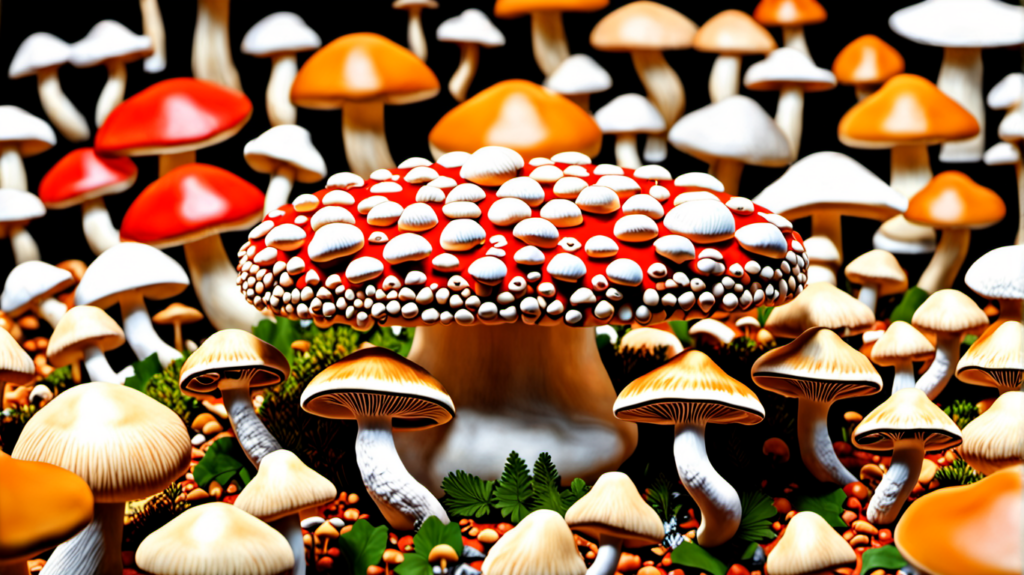Adaptogenic mushrooms are cool. However, I am not going to deal with their effects on human health in this article.
I just want to give you a guide to help you choose in the ocean of supplements and filter out the products that are full of rice flour and additives, or products that don’t work as they should. Hopefully this little article will help you save your health and your wallet.
Which part do I consume?
The very first thing we should keep in mind when choosing an adaptogenic mushroom is what part of the mushroom we are actually consuming. Whether we are consuming the mycelium or the fruiting body. For example, if we buy some random mushroom supplement, it is very highly likely that it will contain either one part or the other, or both — the fruiting bodies and the mycelium.
To use an analogy, in the case of a mushroom, the mycelium is something like the wood in the case of an olive tree, and the mushroom itself is something like the olive itself.
However, with an olive supplement, it is probably not very likely that we will have both the wood and the olive ground up in it. I don’t mean to say that one is good and the other is bad, but they are, in short, two different things that contain different compounds and do different shit in the body.
As such, we can cultivate mycelium in quite two forms — one is “grain” and the other is “liquid fermentation”.
In the case of liquid, the mycelium grows in a sterilized liquid, in the case of grain, the mycelium grows in a grain (e.g., wheat groats) and can even form small fruiting bodies in the final stage (we’ll cover this method more in the next section).
Fungal products may contain, among other things, both substances — i.e. both the mycelium and the fruiting body — such a supplement is then called a spectrum.
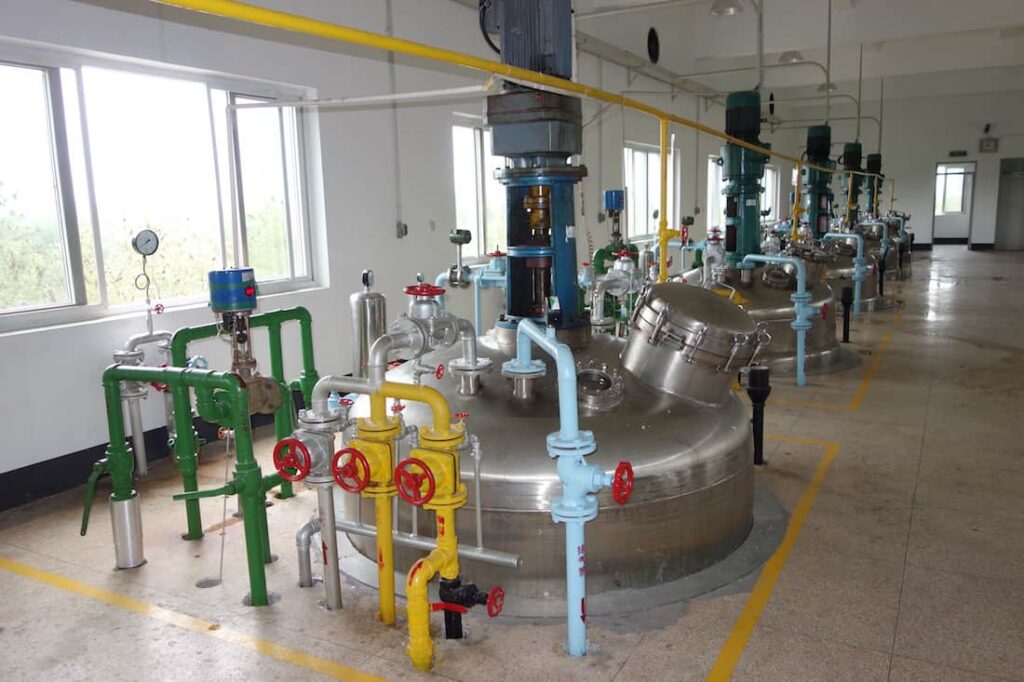
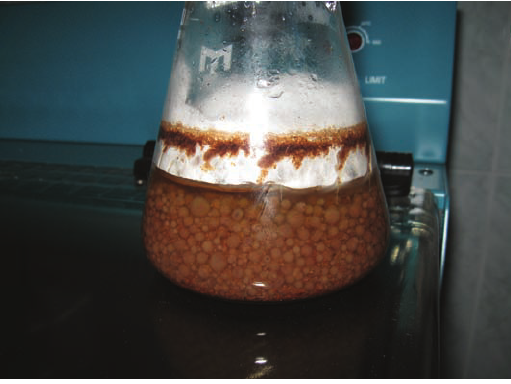
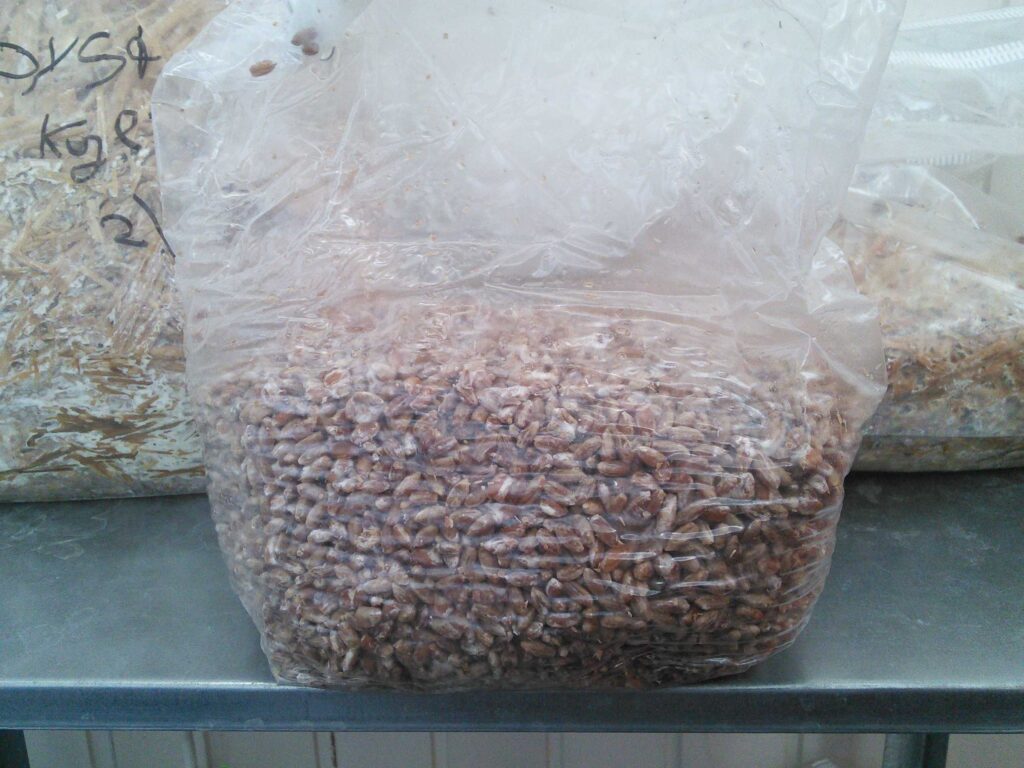
Processing/Extraction
When choosing mushroom supplements, an extremely important parameter is how the mushroom has been extracted/processed into the finished product:
- Grain: this process understandably involves growing the mycelium in the grain. This mycelium is dried and ground together with the grain into a single coherent powder. The mycelium cannot be separated from the grain and, as a result, there is very little mycelium per se in the product. Moreover, if the mycelium is grown in e.g. wheat groats (which can commonly happen), gluten intoxication is unavoidable 🙁 Among other things, there is legislation in the USA under which you can consider a product to be 100% mushroom if it consists of spores added to the grain => and therefore you should note the term “biomass” which is sometimes added to 100% mushroom.
- Grinding of the fruiting body: practically the same procedure as for the grain, except that the fruiting body itself is ground. In the end, we have a pure mushroom, but our body cannot take all the beneficial substances from it, as the cell walls of the mushroom contain chitin, which is indigestible for us. In order to break down the cell walls of the mushroom, we need to extract the mushroom.
- Extraction: there are different extraction methods, e.g. ‘hot water’ or alcohol. However, the ideal extraction method depends on the specific mushroom and its properties.
For example, hot water extraction is suitable for mushrooms with a high proportion of beta-glucans (e.g. oyster mushroom, turkey tail), as it is the beta-glucans that are soluble in hot water. Among other things, this is why turkey tail mushrooms are also used to make tea.
Alcohol extraction, on the other hand, is suitable for mushrooms with a high proportion of triterpenes, which, unlike betaglucans, are not soluble in (hot) water. This includes e.g. reishi or chaga.
There are also various combinations of extractions, such as dual extract, which involves extraction in hot water and alcohol at the same time. This process can be done simultaneously (boiling in hot water mixed with alcohol), consecutively, or by mixing two different products that have undergone different extraction methods. Such a dual extract is very useful, as it gives our bodies access to maximum beneficial substances.
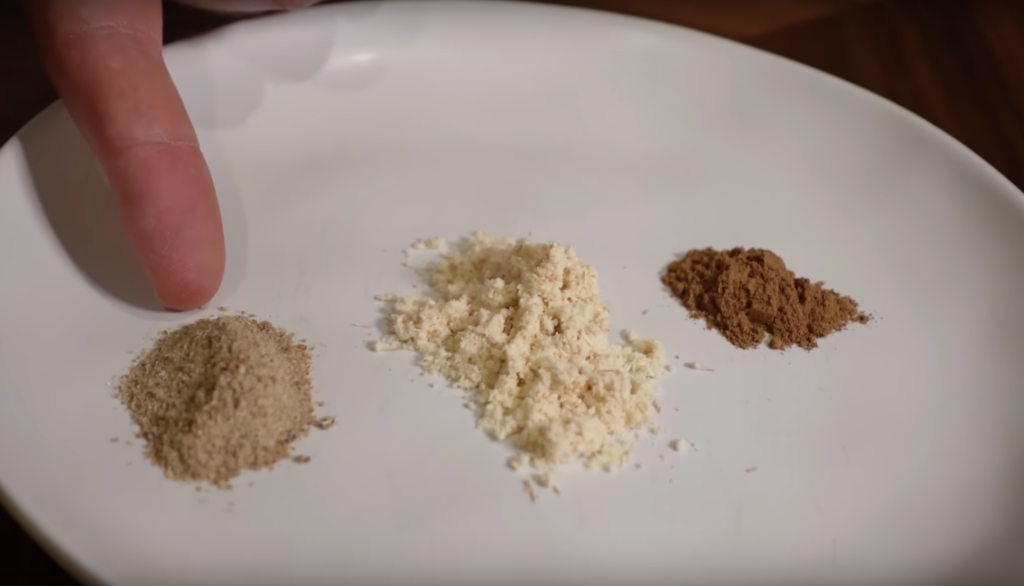
Additives, laboratories and labels
Another thing to watch out for is what all is in our supplement. If you find a super supplement that meets all of the aforementioned requirements of a quality product and is also sold at an insanely affordable price, it’s very likely that there will be something added, such as rice flour, “flow aid” (a liquid that prevents the extract from sticking to the machines during production), anti-caking agents, and various fillers.
If a manufacturer is truly transparent, they also have their product lab tested so that their customers really know if they are putting in what it says on the label. In short; the more cool the manufacturer, the more stuff they will have written and tested and the less stuff they will have added in there.
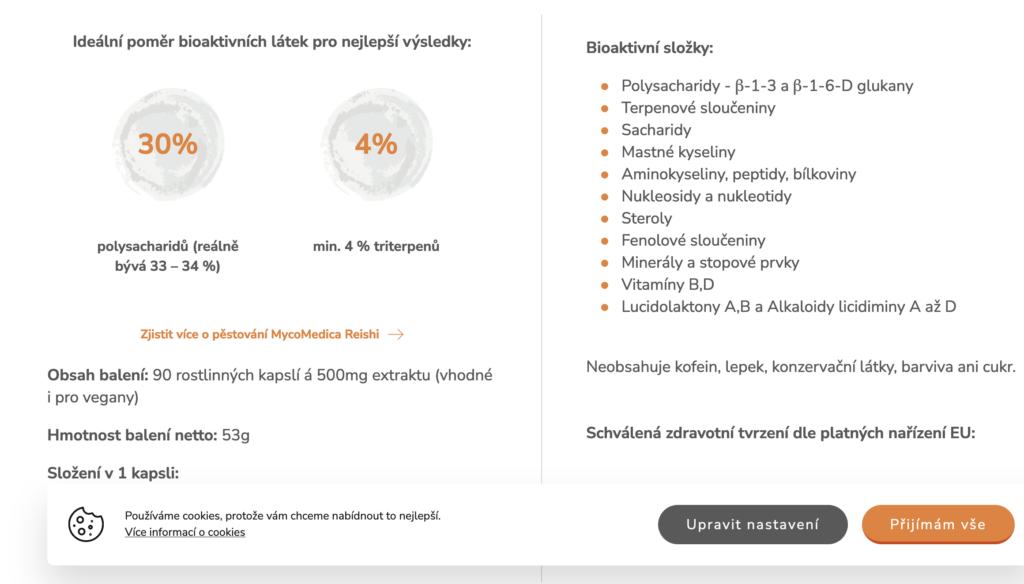
Trusted companies
So which companies to trust? Of course, I don’t have an overview of everything. However, as a Slovak, I can first of all recommend Four Sigmatic (an American company founded by Tero Isokaupilla, the author of the book Healing Adaptogens). This company produces various synergistic blends of mushrooms and other adaptogens, including mushroom coffees or cocoas. You can find blends for focus, immunity, relaxation, athletic performance, etc. Everything is of course organic, hot water extracted and lab tested.
However, I personally don’t really like blends and prefer to mix my own when I do. For this purpose I can recommend Real Mushrooms, where you can also find pure hot water powders.
Other fine companies are Addictive Wellness (who do not deliver to the EU/UK and therefore you must choose to order via Amazon or email them), Lost Empire Herbs or Musheez.eu. All of the above mentioned companies pride themselves on having dual extracts in powder form.
If you want a product from the Czechoslovak market, it is Myco Medica. You have to beware that if you have to choose pills, MycoMedica makes them (at least in most cases) from ground fruiting bodies, which is not the best choice in terms of absorption (however, we must mention that MycoMedica uses the “shell-broken” method for ground fruit, which disrupts the cell walls of the fungi, which makes the powder more absorbable than the classic powder from competitors). However, Myco Medics also make pills that are mostly dual-extracted.
A good czech choice for dual extracts can also be Superionherbs.cz.
And even though this article was actually only about powders and not tinctures, I might as well end by recommending another company that deals mostly with tinctures and does a rather nerdy one at that, called ultrasound extraction (and that’s cool too, since it destroys the chitin walls). The company is called Kaapa Mushrooms, and you can find their products in many Slovak and Czech eshops.
